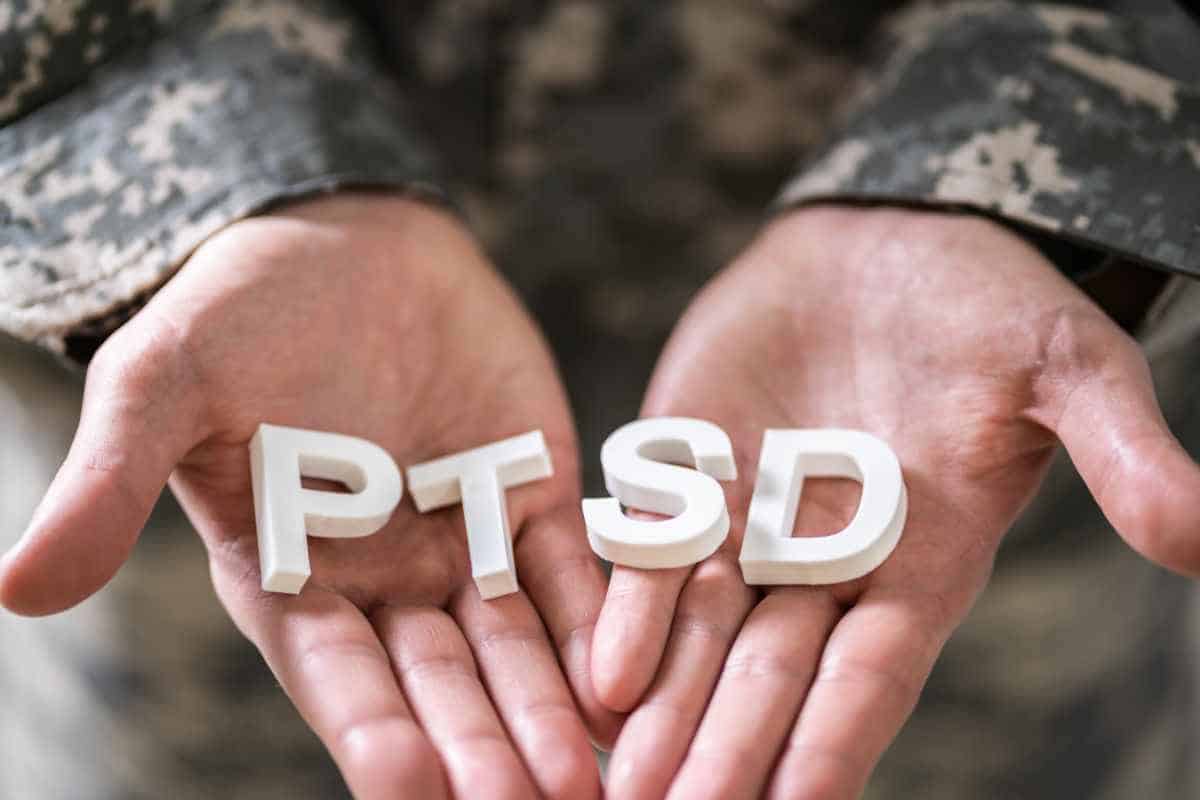By now, most people have at least heard of fentanyl. It has been making headlines for a while, but what is it, and why is there so much buzz about this drug? Is there treatment available for people who want to stop using fentanyl?
What Is Fentanyl and What Is It Used For?
There are two types of fentanyl—pharmaceutical fentanyl prescribed by doctors to treat severe pain, and illicit fentanyl distributed through illegal drug markets. Fentanyl is a synthetic opioid used to treat severe pain such as post-operative or cancer pain. It is also used to treat chronic pain in people who have developed a tolerance to other opioids. Although fentanyl is similar to morphine, it is 50 to 100 times more potent. It is prescribed in the form of transdermal patches or lozenges, and it can be administered as an injection.
Fentanyl’s Effects on the Brain
Because fentanyl is lipophilic, it can rapidly move into the central nervous system where it binds to opioid receptors in the areas of the brain where emotions and pain are controlled. Once fentanyl binds to opioid receptors, feelings of euphoria are created by the release of dopamine in the reward pathways of the brain. Other effects induced by fentanyl are:
- Drowsiness
- Extreme happiness
- Respiratory depression
- Sedation
- Nausea
- Confusion
- Unconsciousness
Unfortunately, the brain can develop a tolerance to fentanyl quickly meaning that, over time, higher doses must be taken to achieve the same effects.
Why Is Fentanyl So Dangerous?
The main danger of fentanyl is its sheer potency which greatly increases the risk of overdose. Unfortunately, some people who use other substances such as MDMA, methamphetamine, heroin, or cocaine may unknowingly buy drugs that are laced with fentanyl. Illicit fentanyl can come in several different forms including pills that look like prescription opioids. Since it is almost impossible to tell if fentanyl has been added to substances without a test kit, people may overdose because they are unaware of the added fentanyl.
What Does Fentanyl Overdose Look Like?
According to the Centers for Disease Control (CDC), rates of overdose deaths involving synthetic opioids, including fentanyl and fentanyl analogs, increased by over 56% from 2019 to 2020. The number of overdose deaths involving synthetic opioids in 2020 was more than 18 times the number in 2013.
A fentanyl overdose can look similar to an overdose on other opioids such as heroin. Some signs to be aware of are:
- Drowsiness
- Loss of consciousness
- Cyanotic lips and nail beds
- Hypotension
- Bradycardia
- Slowed breathing, gurgling sounds when breathing, or not breathing at all
- Cold, clammy skin
- Nausea and vomiting
- Confusion before becoming unresponsive
- Change in pupil size
- Body stiffening or limpness
- Foaming at the mouth
The onset of symptoms from a fentanyl overdose is extremely rapid. If the person is injecting fentanyl, these symptoms may begin within minutes, even seconds, after the dose is injected.
Helping Someone Experiencing a Fentanyl Overdose
If you suspect someone has overdosed on fentanyl, stay calm, and call 911 immediately. If you have it available, administer naloxone (Narcan) as directed. If the person is breathing and has a pulse, roll them on their side. If the person is not breathing, perform rescue breathing. If they are not breathing and do not have a pulse, administer CPR. Always stay with the person until help arrives.
Treating Fentanyl Addiction
Unfortunately, fentanyl is extremely addictive, and once people are addicted, it may seem as though there is no hope. However, there are treatments for fentanyl addiction, and recovery is possible.
Overcoming an addiction to fentanyl can be challenging, and recovery will be a life-long journey. Currently, we have no cure for addiction. However, there are effective evidence-based treatments, and there is always ongoing research to find a cure.
Current treatment for fentanyl addiction involves a combination of medication-assisted treatment (MAT) and behavioral therapies. Medications used in MAT include:
- Methadone
- Buprenorphine
- Naltrexone
Methadone and buprenorphine bind to the same receptors as fentanyl and lessen withdrawal symptoms and cravings. Naltrexone blocks opioid receptors so that fentanyl does not have an effect if used. Proper choice of medication requires a thorough assessment by a doctor, honesty on the part of the patient, and collaboration between both.
Behavioral therapies for treating addiction help patients modify behaviors and attitudes regarding substance use, develop and maintain a healthy lifestyle, and encourage medication compliance. Behavioral therapies that are effective in the treatment of fentanyl addiction include:
- Cognitive behavioral therapy (CBT)—CBT works by helping people modify drug use behaviors and expectations to allow them to better manage triggers and stressors
- Motivational interviewing—This therapy is patient-centered and addresses the patient’s mixed and conflicted feelings about change
- Contingency management—This is a voucher-based system that gives a patient points for negative drug tests which can be used to earn items that promote a healthy lifestyle
Reach Out for Help Now
Fentanyl addiction can lead to permanent health complications and can even be deadly. It can cause job loss and destroy relationships. If you or a loved one are ready to stop using fentanyl and embrace a new life in recovery, help is available. Do not wait; seek treatment now.
Fentanyl can bring those with severe pain much-needed relief. Unfortunately, it is also highly addictive even for people who do not misuse or abuse it. If you or a loved one have completed a medical detox or a residential treatment program and you are looking for continuing treatment, SoberLife’s partial hospitalization program (PHP), intensive outpatient program (IOP), or outpatient program (OP) could be the next step for you. We will do a thorough assessment and work with you to determine the most appropriate level of care and develop your individualized treatment plan. Even if you cannot come to our vibrant, state-of-the-art facility in San Diego, California, we believe in flexibility. You can still receive outstanding treatment through our virtual IOP program in the comfort of your own home. If you are ready to continue your treatment for fentanyl dependence, call Sober Life now at (619) 542-9542.













